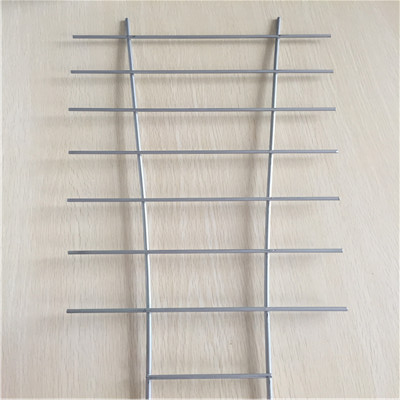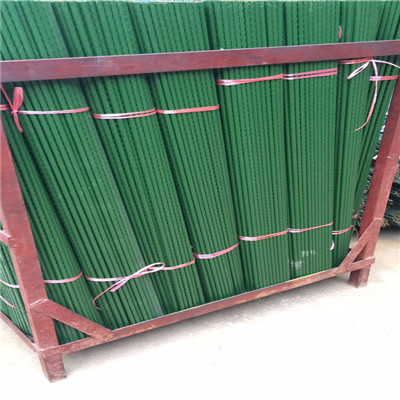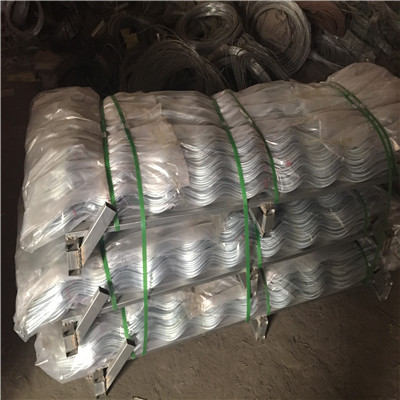Onions are a very cheap and inexpensive home-cooked dish. The meat is soft and tender, the juice is light and spicy, and the quality is good, suitable for raw food. It is native to western Asia and is cultivated throughout China. It is available in all seasons. The part of the onion for consumption is the underground fat bulb (the onion). In foreign countries, it is known as the “Queen of Vegetables†and has a high nutritional value. How is the onion so nutritious and what is the most appropriate time period?
First, spread
First, pour the bottom water in the seedbed. After infiltration, sprinkle a thin layer of fine soil, then sprinkle the seeds, and then cover the soil 1.5cm. In order to speed up the emergence of seedlings, seed soaking and germination can be carried out. Soaking seeds are soaked in cold water for 12 hours, and the seeds are soaked until the seeds are not bonded. The germination is soaked and then germinated at a temperature of 18~25 °C, and the seeds are washed once a day until Seeding can be done when the shoots are exposed.
Second, soil preparation and fertilization
In the autumn cultivation, the cultivated land is cultivated after the harvest of the former crops, and the depth of cultivation is about 15 cm. After the arable land, the size of the hoe is determined according to the climate and the irrigation and drainage conditions of the land. Generally, the width of 2m and the length of 10m can be widened to improve the land utilization rate.
Before planting, the base fertilizer should be applied in combination with the cultivated land. The application amount of the base fertilizer should be determined according to the soil fertility and the type of base fertilizer. Generally, 1330~3340kg of high-quality decomposed manure can be applied per acre, and 16~20kg of superphosphate can be mixed with appropriate amount of potassium fertilizer. Use the base fertilizer, take a general application, and then mix thoroughly in the arable land to mix the soil and fertilizer evenly.
Third, planting crops
Graded seedlings. When planting, it is necessary to select seedlings with well-developed roots, strong growth, and uniform size; eliminate seedlings, dwarf seedlings, diseased seedlings, and branched seedlings, and grow too large and small seedlings. According to the height and thickness of the seedlings, they are generally divided into three grades: the first seedling height is about 15cm, the thick is 0.8cm; the second seedling height is 12cm, the thick is about 0.7cm; the third seedling height is about 10cm, and the thickness is about 0.6cm. After grading, seedlings of the same size can be planted together for classification management to promote consistent growth in the field.
Fourth, field management
Watering. After about 20 days after the onion is planted, it enters the slow seedling stage. Because the temperature is low during the planting, it cannot be watered in a large amount. Too much water will lower the ground temperature and slow the young seedlings. At the same time, the new roots of the newly planted seedlings have not yet germinated, and they cannot be dehydrated. Therefore, at this stage, the number of times the onions are watered more. The amount of watering is small each time. The general principle is not to let the seedlings wilting, and not to dry the ground, so as to promote the rapid development of the seedlings.
V. Harvested crops
Onion harvesting is generally from the end of May to the beginning of June. When the onion leaves gradually turn yellow from bottom to top, the pseudo stems become soft and begin to fall; the bulbs stop expanding, the outer leather is in the dormant stage, indicating that the bulbs are mature, and should be harvested in time.
Onion cultivation time
Due to the different climatic conditions in different regions, the suitable planting period is not the same. Due to the cold environmental conditions of the onion, the freezing resistance is strong, the seedlings can withstand the low temperature of -7 °C, and the onion is dormant when it is above 26 °C. The leaves will die at 30 °C. The low temperature period required for the differentiation of the onion flower buds varies from species to species. The general variety can pass the vernalization stage after 50 to 60 days at 2 to 5 °C. The low temperature time required for vernalization of the seedlings is short, the seedlings need to be cold for a long time, and the seedlings are too small to pass the vernalization stage. Therefore, some varieties are easy to convulsion, while others are not easy to convulsion.
Most of the varieties of the onion in Shandong Province were planted in the open field in the first half of September, and the seedling period was about 40 to 50 days. Seeding is too early, the seedlings are long before winter, easy to twitch in the second year, also consume nutrients, reducing yield and quality. The sowing is late, the seedlings are small, the roots are poorly grown, and they encounter cold winters and are susceptible to freezing death. The suitable colonization period is from mid-October to early November. Before planting, the seedlings have 3 to 5 leaves, the plant height is 15-20 cm, and the pseudo-stalk is 0.5-0.7 cm, which is suitable for seedling age.
The nursery seedlings of the onion are better for the fertile sandy loam soil, and the base fertilizer of the seedling bed should not be too much to avoid the seedlings. After the base fertilizer is applied, the land is ploughed. Mix the soil and fertilizer, level the ground, and make a flat raft of 1.2 to 1.5 meters wide. 4 to 5 kg of seeds are planted in one mu of seedlings (600 to 700 g seeds per 100 square meters). It can be used to plant seedlings of 8 to 12 mu. Planting a mu of onion requires 150 grams of seed. The application period of onion seeds stored under normal temperature conditions is only one year, so seed germination test or seed germination should be carried out before sowing, and seeding after germination. It can also be used before sowing with 25 g of Tianda 2116 (soaked seed type) and 2.5 kg of warm water of 25 ° C. Soak the seeds for 3 to 5 hours, remove the seeds and wash them for germination. After sowing, cover the soil 1.5 cm. In order to maintain the humidity of the kneading surface, the mulch film or the sunshade net can be covered after the sowing, and the seedlings are removed after emergence to make the seedlings grow robust.
After the onion is broadcast, it is necessary to keep the surface moist and prevent the floor panel from being knotted. If the ground is too dry after emergence, it can be properly watered. When the seedling grows to 2 to 3 leaves, it is necessary to pull out grass, water, and seedlings in time. Keep the seedling distance 3 to 4 cm and control the seedlings to grow. Nursery nursery generally does not have to topdress. Before planting, the leaves are sprayed with 0.2% potassium dihydrogen phosphate and Tianda 2116 (strong seedling type) 800-1000 times liquid to promote roots and strong seedlings.
The harvesting period of onion is: in the late stage of bulb expansion, no new leaves enrich the leaf sheath, causing the pseudo stem to hollow, and the plant to pour from the base of the pseudo stem. This is a sign of bulb ripening, and the bulb of onion should be harvested in time after maturity. The early and late stages of bulb maturity are related to variety characteristics, planting time and climatic conditions.
The harvest period varies greatly in different regions of China. Breeds with short dormancy and poor storability should be harvested as early as possible. When half of the plants fall down, harvesting can begin; while in late-maturing varieties, the harvest is late, and 70% of plants should be harvested when lodging. Generally speaking, the sign of suitable harvest period is that the bulb is fully inflated, the outer scales are dry and semi-textured, the first two leaves of the base are yellow, the third and fourth leaves are still green, and the pseudo stems are dehydrated and soft. The aerial part of the plant fell.
The harvest is too early, the bulb is not fully enlarged, the yield is low, and the bulb has high water content, is perishable, easy to germinate, and is difficult to store. The harvest is too late and easy to split the ball. If the rain is late, the bulb is not easy to dry, it is difficult. Dry and perishable. Harvesting should be carried out on sunny days, and it is best to have several consecutive sunny days after harvesting. At the time of harvest, the whole plant is pulled out and placed on the ground for 2 to 3 days. When drying, the bulbs should be covered with leaves. "Only drying the leaves and not drying the head" can promote the post-ripening of the bulbs and dry the outer skin. Then cut off the roots and dead leaves and remove the soil to store. Some also do not remove the leaves after harvesting, and then cod or bundle them for storage.
Garden Support is the ideal support for any climbing plants, vine plants, flowers and leaves. The plant finds support by growing up through the stake, to keep the plant up. We have several kinds of support, twisted spiral tomato support, Plant Support, garden trellis.




Ÿ Materials: Carbon steel wire.
Ÿ Surface Treatment: Galvanized, Plastic coated
Ÿ Clour: Green, Black,etc.
Benefits
Ÿ High strength, acid-resisting, alkali-resisting
Ÿ Heat-resisting and wear-resisting
Garden Support
Green Garden Trellis, Plant Support, Galvanized Twisted Spiral Tomato Support, Painted Galvanized Multi-Stake, Garden Support
DINGZHOU TIAN YILONG METAL PRODUCTS CO., LTD. , http://www.wiremeshsolution.com